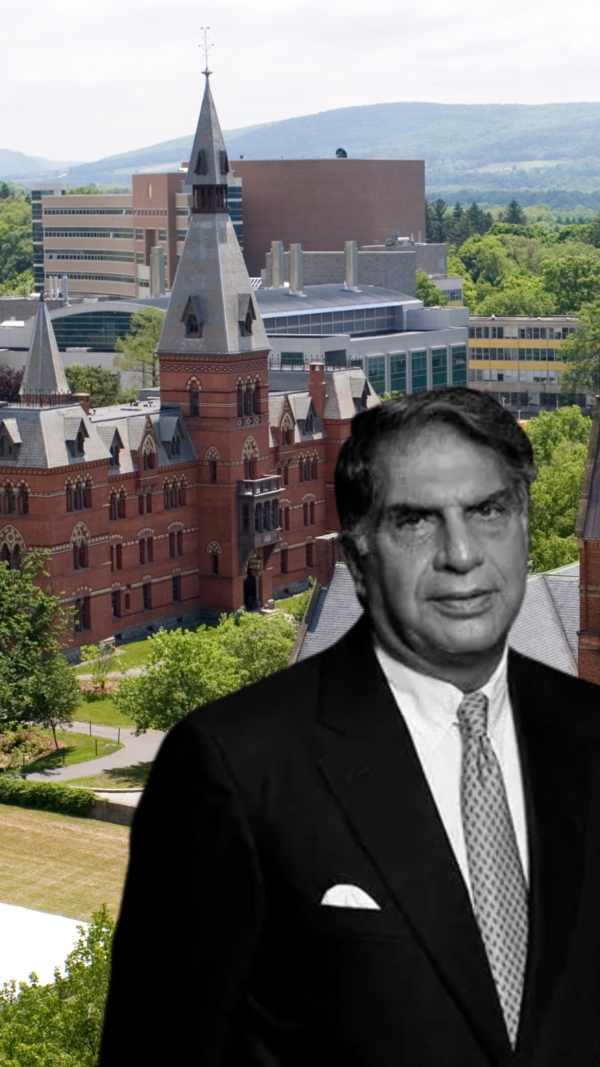- News
- Education News
- News
- Business of art
Trending
This story is from February 17, 2014
Business of art
Ed D'Souza, acting head, Winchester School of Art, University of Southampton, talks to Anishaa Sahijwala on how Fine Arts has moved beyond theory and practice to business

Share with us a few upcoming trends in the field of Fine Arts globally.
A key trend is this industry is that Fine Arts education has moved beyond just practice and theorising of art but also a shift to the wider profession of art including the business side of being an artist.
Time and technology have helped broaden the scope of artists and have also helped in creatively imparting art education globally. What are your views?
Artists are now using the web to create networks and alternative forums to discuss their work outside of the commercial art press and to have a more dynamic and real time discussion and response. Additionally, they also showcase their work online making it more accessible than geographically restrictive exhibitions. These are complementary skills and understanding that education needs to prepare students to be effective in the present world of art.
What, in your opinion, can be done to provide better learning to prospective art practitioners globally?
There has been a shift over the last 10 years, in a conscious policy adjustment, away from art history as a discrete subject area, in favour of art theory as a fully integrated aspect of studio-based teaching and learning. Intellectual development can be integrated into practice-based study through lectures, seminars and critiques, which embody the expectation that students are intellectually ambitious, engaged with ideas as much as with material, methods and skills. This approach is reinforced by the theory-based emphasis of much of the research impetus, themed around issues of globalisation across art, design and media disciplines.
Fine Arts are not considered a mainstream career option. Why is it so? Does that affect the global recognition of Indian artists?
There is a misconception that only a few artists make a living from their work. The art world is an expansive sector where artists occupy a range of activities outside of their art practice or go into art-related careers like art management, education, curation, art handling, event management, running galleries, working in gallery outreach, etc. While others use the considerable transferable skills and go into other related design, creative or communication sections and the media. Artists in India too, must consider these options. The ability to disseminate work and ideas from a local to a global audience has led to international recognition of more localised and indigenous art practices and artists. Indian artists in Kochi/Muziris Biennale, newcomers, had the attention of a global audience.
End of Article
FOLLOW US ON SOCIAL MEDIA










